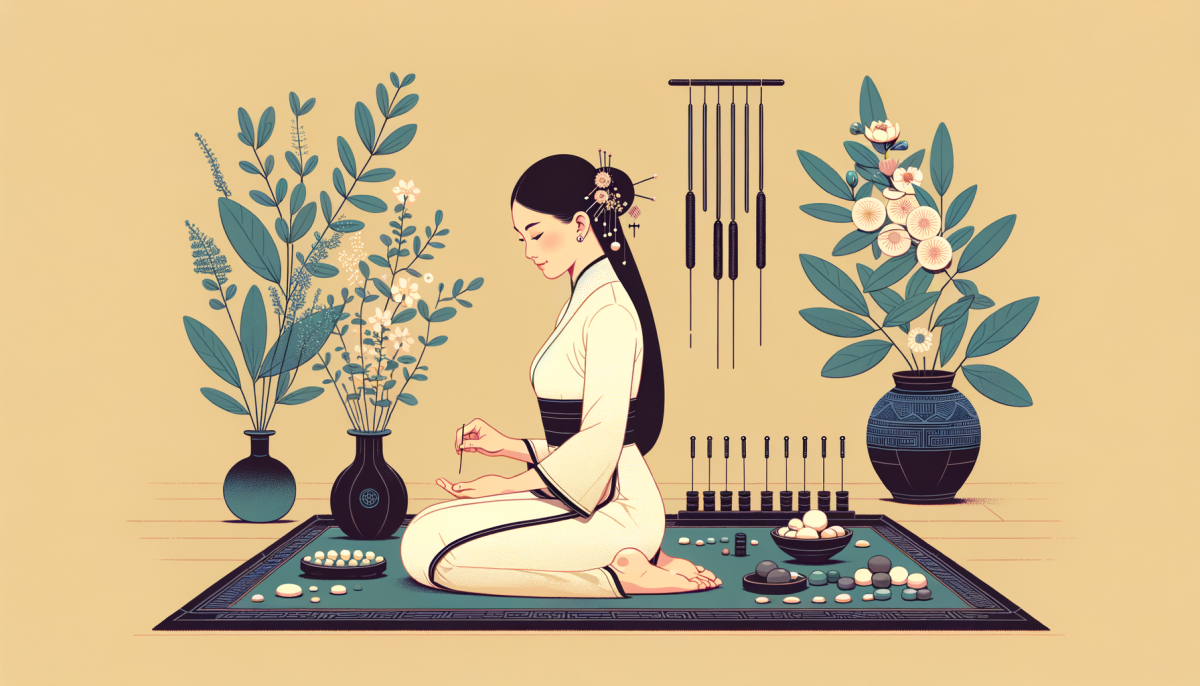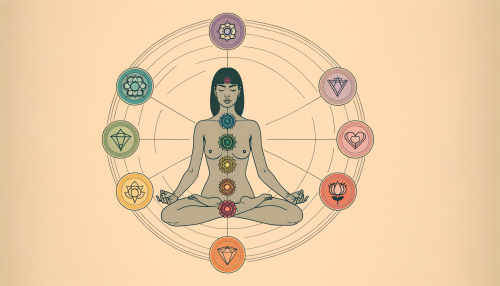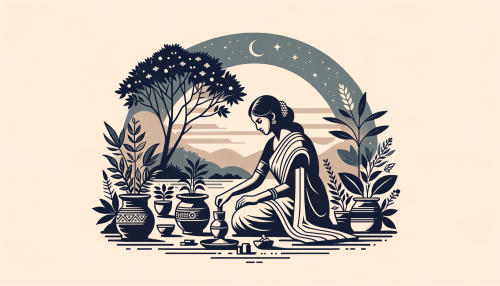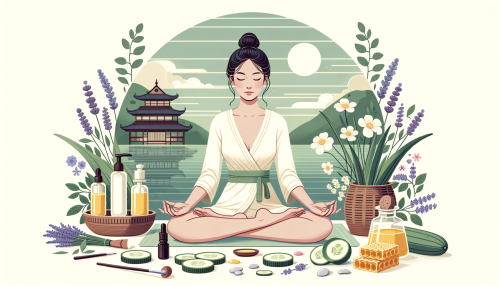Introduction
The annals of history are replete with the wisdom of ancient civilizations, their understanding of the world, and their unique approaches to health and wellness. Among these, the healing practices of ancient Asia stand out for their holistic approach, emphasizing the interconnectedness of the mind, body, and spirit. This article delves into the depths of these ancient Asian healing practices, exploring their origins, principles, and their enduring relevance in the contemporary world.
Traditional Chinese Medicine
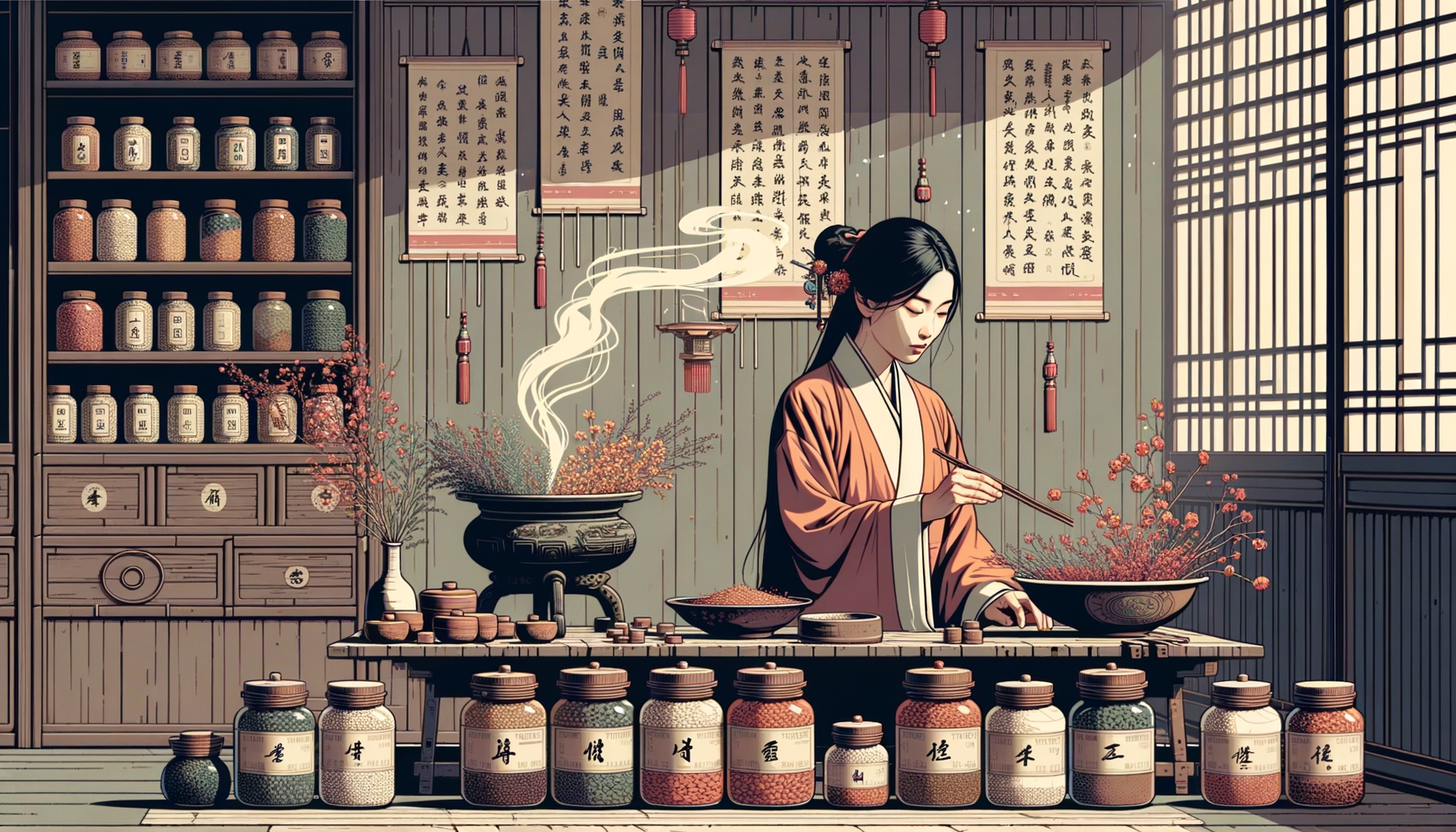
Traditional Chinese Medicine (TCM) is a comprehensive medical system that has been honed over thousands of years. It is a testament to the wisdom of ancient Chinese sages who observed the natural world and human body, developing a unique understanding of health and disease. TCM is predicated on the concept of Qi, the vital energy that flows through the body, maintaining health and vitality. Disruptions in the flow of Qi are believed to result in illness.
TCM employs a variety of therapeutic techniques, including acupuncture, herbal medicine, Tai Chi, and Qigong. Acupuncture involves the insertion of thin needles at specific points on the body to restore the balance of Qi. Herbal medicine uses a variety of plants and minerals to treat a wide range of conditions. Tai Chi and Qigong are movement-based practices that cultivate Qi and promote overall wellness.
The diagnostic process in TCM is a holistic one, taking into account the individual’s physical, emotional, and mental state. The practitioner assesses the patient’s pulse, tongue, and other physical characteristics to determine the state of Qi and the balance of Yin and Yang, the complementary forces that govern the body and the universe.
Ayurvedic Healing Techniques
Ayurveda, the science of life, is an ancient Indian healing system that dates back over 5,000 years. It is a holistic approach to health and wellness, emphasizing the balance of the body, mind, and spirit. Ayurveda posits that health is a state of equilibrium among the three Doshas or biological energies – Vata, Pitta, and Kapha.
Ayurvedic healing techniques encompass a wide range of therapies, including herbal medicine, dietary modifications, yoga, meditation, and Panchakarma, a detoxification process. Herbal medicine uses a variety of plants and minerals to balance the Doshas and treat various conditions. Dietary modifications are prescribed based on the individual’s Dosha constitution, with certain foods believed to balance specific Doshas.
Yoga and meditation are integral to Ayurveda, promoting physical health, mental clarity, and spiritual growth. Panchakarma is a comprehensive detoxification process that involves five procedures to cleanse the body of toxins and restore balance.
The Ayurvedic diagnostic process is a holistic one, taking into account the individual’s physical, emotional, and mental state. The practitioner assesses the patient’s pulse, tongue, and other physical characteristics to determine the balance of the Doshas and the state of the seven Dhatus or bodily tissues.
Japanese Reiki Practice
Reiki, a Japanese healing practice, is a relatively recent addition to the pantheon of ancient Asian healing practices. Developed in the early 20th century by Mikao Usui, Reiki is based on the concept of universal life energy. Practitioners believe that they can channel this energy to promote healing and wellness.
Reiki involves the laying on of hands, with the practitioner placing their hands on or near the patient’s body in a series of positions. This is believed to channel the universal life energy, promoting healing and balance. Reiki is often used in conjunction with other healing practices, such as meditation and yoga, to enhance their effects.
Reiki is a holistic practice, addressing the physical, emotional, mental, and spiritual aspects of the individual. It is used to treat a wide range of conditions, from physical ailments to emotional and mental distress. Many people also use Reiki as a form of self-care, promoting overall wellness and balance.
Conclusion
The ancient Asian healing practices of Traditional Chinese Medicine, Ayurveda, and Reiki offer a holistic approach to health and wellness, addressing the physical, emotional, mental, and spiritual aspects of the individual. These practices emphasize the interconnectedness of the mind, body, and spirit, and the importance of balance in maintaining health and vitality. Despite their ancient origins, these practices remain relevant today, offering valuable insights and techniques for promoting health and wellness in the contemporary world.

